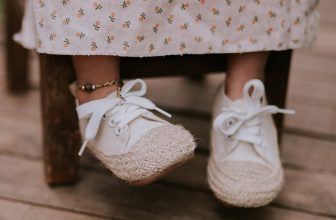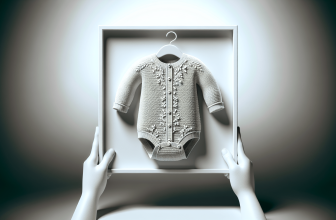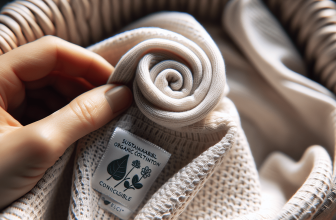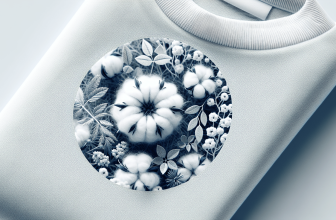Having a baby means accumulating a whole lot of adorable clothes. However, keeping them organized can be quite a task. But fear not! We’ve got you covered with some simple yet effective tips for organizing your baby’s wardrobe efficiently. From categorizing clothes by size to utilizing storage bins and labels, these tips will help you keep track of those tiny onesies and socks, making dressing your little one a breeze. So, let’s dive in and get your baby’s wardrobe in tiptop shape!

This image is property of pixabay.com.
Maximize Closet Space
When it comes to organizing your baby’s wardrobe, maximizing closet space is essential. One great way to do this is by using slimline hangers. These hangers take up less space than traditional hangers, allowing you to fit more clothes in your baby’s closet. Plus, their slim design helps prevent clothes from slipping off and getting wrinkled. So say goodbye to bulky hangers and hello to a more streamlined closet!
Another option for maximizing closet space is to install additional shelves. By adding extra shelves, you can create more storage space for items like blankets, shoes, and even toys. This not only helps keep your baby’s wardrobe organized but also ensures that everything has its place. You can choose from a variety of shelving options, including traditional wooden shelves or even floating shelves for a more modern look.
To further maximize closet space, consider utilizing hanging organizers. These organizers typically have multiple compartments, perfect for storing smaller items like socks, hats, and accessories. Hang them on the back of the closet door or inside the closet to keep everything neatly organized and easily accessible. With hanging organizers, you can make the most of vertical space and add extra storage without taking up valuable closet real estate.
Sort by Size
As your baby grows, it’s important to keep their clothes organized by size. Labeling sizes clearly can be a big help in this regard. Whether you prefer to use stick-on labels, clothing size dividers, or simply a marker on the hanger, clearly indicating the size of each item will save you time and effort when dressing your little one. It also makes it easier to spot outgrown clothes that need to be stored or donated.
Speaking of outgrown clothes, be sure to separate them from the rest of your baby’s wardrobe. Keeping outgrown clothes in a separate section or storage bin can make it easier to pass them on or save them for a future sibling. Not only does this help keep your baby’s current wardrobe organized, but it also ensures that you’re not wasting precious closet space on clothes they can no longer wear.
In addition to separating outgrown clothes, it’s a good idea to rotate sizes as needed. As your baby grows, you’ll need to switch out smaller sizes for larger ones. By keeping a designated section or bin for each size, you can easily find the right clothes without searching through a jumble of different sizes. This rotation system also helps you stay organized and ensures that your baby always has clothes that fit comfortably.
Categorize Clothing
Categorizing your baby’s clothing is another effective way to keep their wardrobe organized. One simple way to do this is by grouping clothes by type. For example, separate onesies, pants, dresses, and shirts into their own sections. This not only makes it easier to find specific items but also gives you a clear visual of how many of each type of clothing you have. Plus, it adds a touch of organization and tidiness to your baby’s closet.
In addition to categorizing by type, consider separating everyday and special occasion clothes. Everyday clothes like onesies and play outfits should be easily accessible for quick changes and daily wear. On the other hand, special occasion clothes like fancy dresses or suits can be stored separately and brought out when needed. This separation helps avoid the frustration of sifting through formalwear when you’re in a rush.
Organizing your baby’s clothing by season is another helpful strategy. Separate warm-weather clothes like shorts and tank tops from cold-weather essentials like sweaters and coats. This way, you can easily find appropriate outfits for any given season or weather condition. As the seasons change, simply swap out the current season’s clothes with the appropriate ones. This system not only keeps your baby’s closet organized but also ensures that they’re dressed appropriately for the weather.
Utilize Drawer Dividers
Drawer dividers are a game-changer when it comes to organizing your baby’s clothing. By separating clothes into categories within each drawer, you can easily find what you need without rummaging through a jumbled mess. Consider using dividers to separate clothes by category, such as sleepwear, onesies, pants, and shirts. Not only does this keep the drawers neat and organized, but it also saves you time and effort in the long run.
In addition to separating clothes by category, use drawer dividers for socks and accessories. These small items can end up getting lost or tangled if not properly organized. Use dividers with small compartments to keep socks paired up and accessories like bows, hats, and mittens within easy reach. With divided drawers, you’ll never have to search for a matching sock or a missing hat again.
If you have a specific section of the drawer dedicated to onesies and pajamas, consider keeping them together. This will make it easier to grab a complete outfit when you’re getting your baby ready for bed or a cozy day at home. By grouping onesies and pajamas together, you can quickly find cute and comfortable sleepwear without digging through your baby’s entire wardrobe.
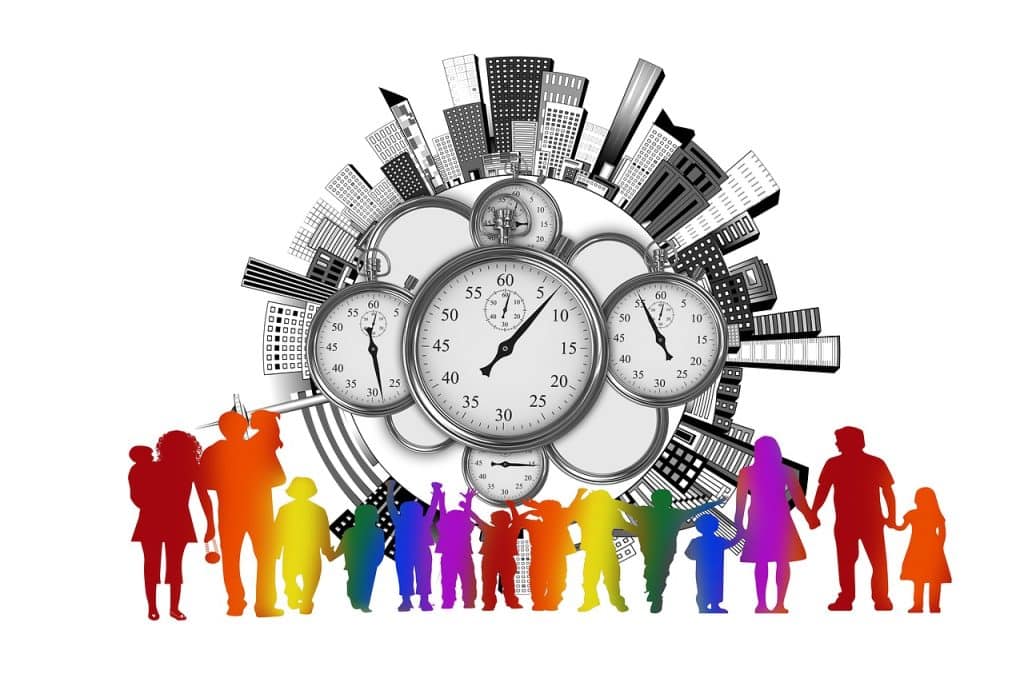
This image is property of pixabay.com.
Label Storage Bins
Storage bins are a great way to keep your baby’s clothes organized and free up closet space. To make it even easier to find and retrieve specific items, be sure to label your storage bins. Indicate the sizes or age range of the clothes stored in each bin, so you can quickly locate the right size as your baby grows. Additionally, consider labeling the bins by clothing type, such as onesies, pants, or dresses. This way, you can easily find what you’re looking for without having to open every bin.
In addition to labeling by clothing type, you may also want to mark the bins for easy retrieval. For example, use colored labels or markers to indicate which bins contain clothes for each season. This way, you can quickly switch out clothes as the seasons change without having to go through every bin. By adding clear labels, you’ll save yourself time and effort when it comes to finding the right clothes for your baby.
Keep Essentials Accessible
When organizing your baby’s wardrobe, it’s important to keep essential items easily accessible. Designating a diaper changing area within the wardrobe can be a real game-changer. Have a basket or caddy stocked with diapers, wipes, and diaper cream in an easily reachable spot. This way, you can quickly grab what you need when it’s time for a diaper change, without having to search for supplies throughout the entire room.
Another helpful tip is to have a dedicated baby laundry basket within the wardrobe. This makes it easy to collect dirty clothes and keep them separate from the clean ones. With a designated laundry basket, you can quickly gather up soiled items without having to search for a hamper or make multiple trips to another room. It’s a small detail, but it can make a big difference in your organization routine.
Additionally, store frequently used items at eye level. This includes everyday outfits, socks, and accessories that you regularly reach for. By organizing these items within easy reach, you can save time and effort, especially during those hectic morning dressing routines. Having frequently used items readily available also helps maintain the overall organization of your baby’s wardrobe, as you won’t need to disrupt the order to find what you need.

This image is property of pixabay.com.
Consider Hanging Racks
Hanging racks are a fantastic option for keeping your baby’s wardrobe organized, especially for used but clean clothes. Instead of putting these clothes back in the closet or drawer, hang them on a separate rack to be worn again before washing. This keeps your baby’s clean clothes separate from their dirty ones and makes it easier to find a fresh outfit without searching through the entire wardrobe. A hanging rack is a practical and convenient way to keep clothes organized and ready to wear.
Arranging outfits on hanging racks is another great way to stay organized. Instead of searching for a matching top and bottom, hang complete outfits together. This way, you can easily see what’s available and grab an entire outfit with ease. It’s a time-saving trick that keeps your baby’s wardrobe neat and allows for efficient dressing.
Additionally, keep frequently worn items ready on hanging racks. These are the clothes that you find yourself reaching for regularly, like your baby’s favorite onesie or go-to outfit. By keeping them accessible on a hanging rack, you can easily grab them when needed. This eliminates the need to search through the whole wardrobe every time your baby wants to wear their favorite outfit.
Organize Shoes
Shoes can become a source of clutter if not properly organized. Using a designated shoe rack or organizer is a great way to keep shoes tidy and easily accessible. Whether it’s a shoe shelf, hanging pocket organizer, or even a clear shoebox system, having a designated spot for shoes helps prevent them from getting scattered all over the room. It also ensures that pairs stay together and eliminates the frustration of searching for a matching shoe.
Sorting shoes by size and occasion is another helpful strategy. Keep your baby’s shoes organized by size so you can easily find the right pair as they grow. You can use bins or sections on a shoe rack to separate shoes by size. Additionally, consider organizing shoes by occasion, such as everyday shoes, dress shoes, and outdoor play shoes. This way, you’ll always have the right footwear for any activity or event.
Don’t Overfill the Wardrobe
It’s important not to overfill your baby’s wardrobe. Overcrowding can lead to a chaotic and disorganized closet, making it difficult to find what you need. To avoid clutter, regularly rotate clothes in and out of the wardrobe. As your baby grows, pack away outgrown clothes and replace them with the next size up. By keeping only the necessary clothes in the wardrobe, you’ll have more space to keep everything organized and easily accessible.
If you find that you have unwanted or unused items in your baby’s wardrobe, consider donating or selling them. This not only helps declutter your baby’s space but also gives you the opportunity to pass on gently used items to someone who can use them. You can donate clothes to local charities or sell them online through platforms like social media marketplaces or dedicated baby gear resale websites.
Another important aspect of avoiding overfilling the wardrobe is to resist the urge to overbuy. Babies grow quickly, and it can be tempting to buy excessive amounts of clothes in anticipation of their growth spurts. Instead, only buy what your baby needs for the present moment or the upcoming season. This way, you can maintain a clutter-free wardrobe and ensure that your baby’s clothes are always well-organized and easily accessible.
Maintain Regular Cleaning Schedule
To keep your baby’s wardrobe efficiently organized, it’s essential to maintain a regular cleaning schedule. This includes washing and folding their laundry on a regular basis. Babies can go through multiple outfit changes in a day, so staying on top of their laundry is crucial. Regularly washing and folding their clothes not only keeps them clean and fresh but also helps you stay organized and aware of what outfits are available.
In addition to keeping the laundry in check, it’s important to clean out and organize the wardrobe on a monthly basis. Take the time to go through each section, drawer, and bin to assess what needs to be stored, donated, or removed. This regular maintenance ensures that your baby’s wardrobe stays tidy and clutter-free, making it easier to find and access their clothes when needed.
Lastly, inspect your baby’s clothes for stains or tears during your regular cleaning routine. Identifying and addressing any stains or tears early on can help prolong the life of the garments, ensuring that they remain in good condition for future use. Spot-treat stains and mend any tears promptly to maintain the overall quality of your baby’s wardrobe. A little attention to detail goes a long way in keeping their clothes looking their best.
Organizing your baby’s wardrobe efficiently is a task that requires a little time and effort. However, by following these tips and incorporating them into your routine, you can create a well-organized and functional wardrobe for your little one. From maximizing closet space to categorizing and labeling clothes, each step contributes to a neater and more accessible wardrobe. Remember, an organized wardrobe not only saves you time and energy but also ensures that your baby is dressed comfortably and stylishly. So roll up your sleeves, grab those dividers and labels, and get started on creating the perfect baby’s wardrobe!



